The Israeli military announced that its forces had entered the center of Gaza City, considered the main bastion of Hamas forces. Meanwhile, tens of thousands of Palestinians are fleeing south to escape being caught in the crossfire.
Hamas' main fortress shakes
Yesterday, Reuters reported that with the support of warplanes, Israeli infantry fought fiercely with Hamas gunmen on the streets of Gaza. According to residents here, Israeli tanks were everywhere, and Israeli forces were approaching two main hospitals in Gaza City.
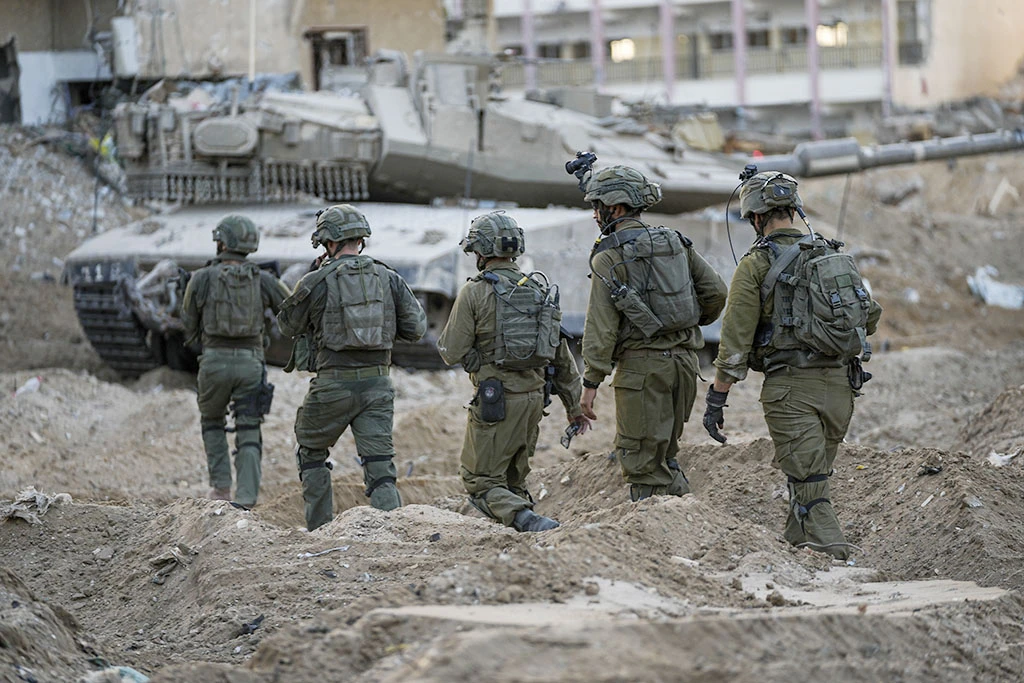
A group of Israeli soldiers in the Gaza Strip on November 8.
Meanwhile, the armed wing of Hamas released a video showing scenes of the two sides fighting hand-to-hand in the streets, while Israeli warplanes continued to bomb buildings there. According to Hamas, Israeli tanks encountered fierce resistance from this force. Hamas gunmen continued to rely on the intricate tunnel system to carry out surprise ambushes against Israeli units.
Israeli military spokesman Rear Admiral Daniel Hagari said combat engineers used explosive devices to destroy a network of tunnels stretching hundreds of kilometers under the Gaza Strip. As of yesterday, the Israeli military said it had destroyed more than 130 tunnels.
Israeli Prime Minister says he does not want to occupy Gaza after war
US perspective
As the Israel-Hamas conflict enters its second month, US Secretary of State Antony Blinken yesterday (Vietnam time) outlined Washington's "red lines" and expectations after the fighting ends. Accordingly, he rejected Israel's demand that it take responsibility for Gaza's security indefinitely.
Speaking in Tokyo, Mr. Blinken affirmed: "There should be no reoccupation of Gaza after the conflict ends. There should be no action to seek a blockade or siege of Gaza. There should be no territorial reduction of Gaza." While the US Secretary of State acknowledged that "some transitional period" may be needed once the fighting ends, post-crisis governance in Gaza must include the Palestinian voice, and be Palestinian-led.
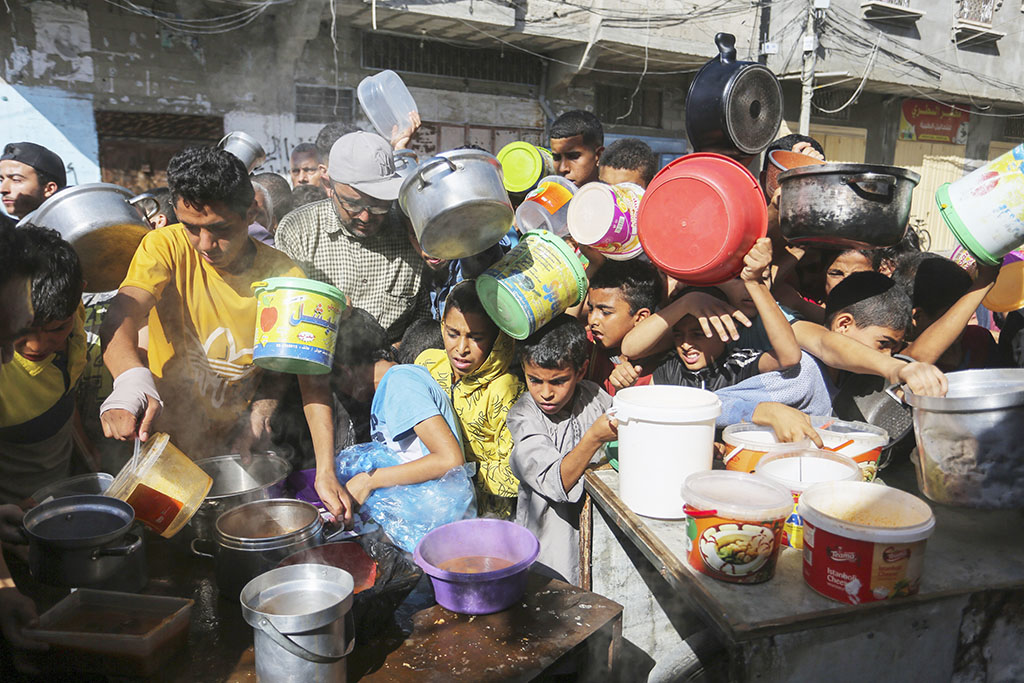
Palestinians wait for their turn to receive food rations in Rafah, southern Gaza Strip on November 8.
French President Emmanuel Macron chaired a national meeting yesterday to discuss ways to increase aid and rescue wounded civilians from the Gaza Strip. The meeting was attended by Arab states, Western countries, the G20 and the Swiss-based non-profit organization Doctors Without Borders. Under one plan, the parties proposed establishing a maritime corridor, using shipping routes to deliver aid to the Gaza Strip and assessing the possibility of using supply ships to evacuate wounded civilians.
Israeli army says it has 'cut the Gaza Strip in half', encircling Hamas in the city
In another development, US Defense Secretary Lloyd Austin said that US forces in the Middle East on November 8 launched two F-15 fighter jets to strike a suspected Iranian weapons depot in northern Syria. On the same day, Reuters quoted a security source as saying that the al-Harir air base, where US forces are stationed in northern Iraq, was hit by an armed drone attack. There was no information about the damage.
The Heavy Duty of Yahalom Commando
The Yahalom commando unit is part of the IDF's combat engineering force, established in 1995. It doubled in size after the 2014 Gaza conflict, and is now tasked with destroying Hamas's tunnel network, which is believed to be 500 kilometers long. During operations, Yahalom uses robots and other remote-controlled devices to prevent casualties. Yahalom commandos are currently tasked with locating and destroying Hamas's intricate network of tunnels under the Gaza Strip.
Why did Hamas tunnels become Israel's key battlefield?
Source link





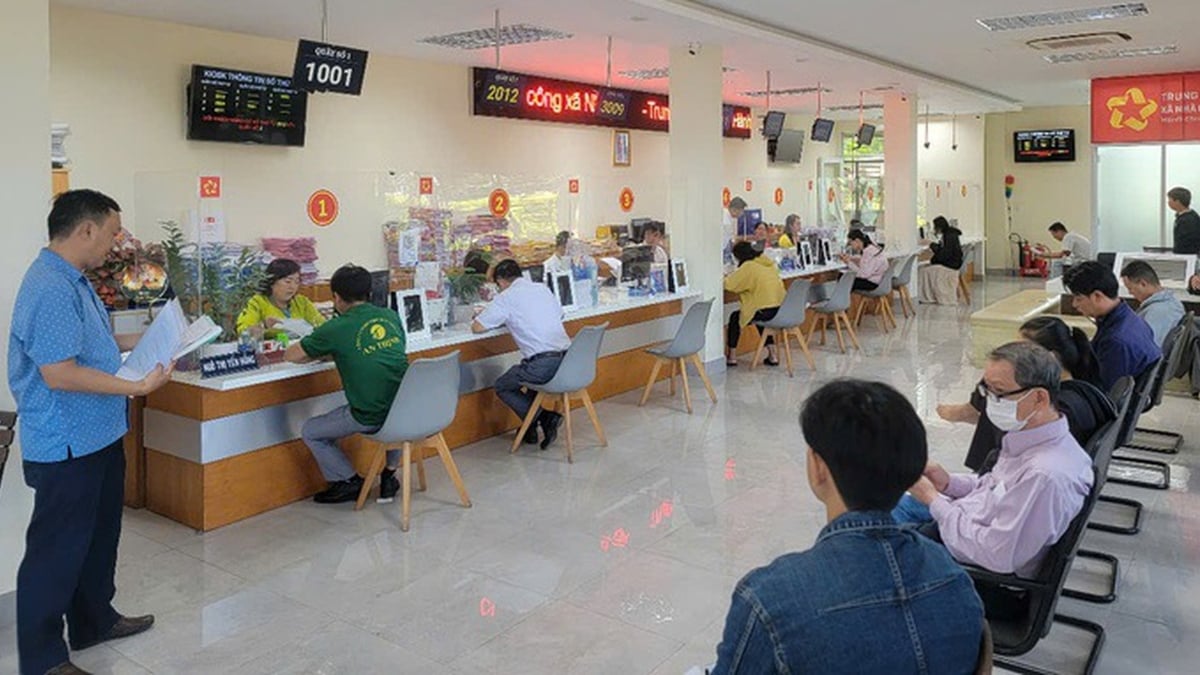


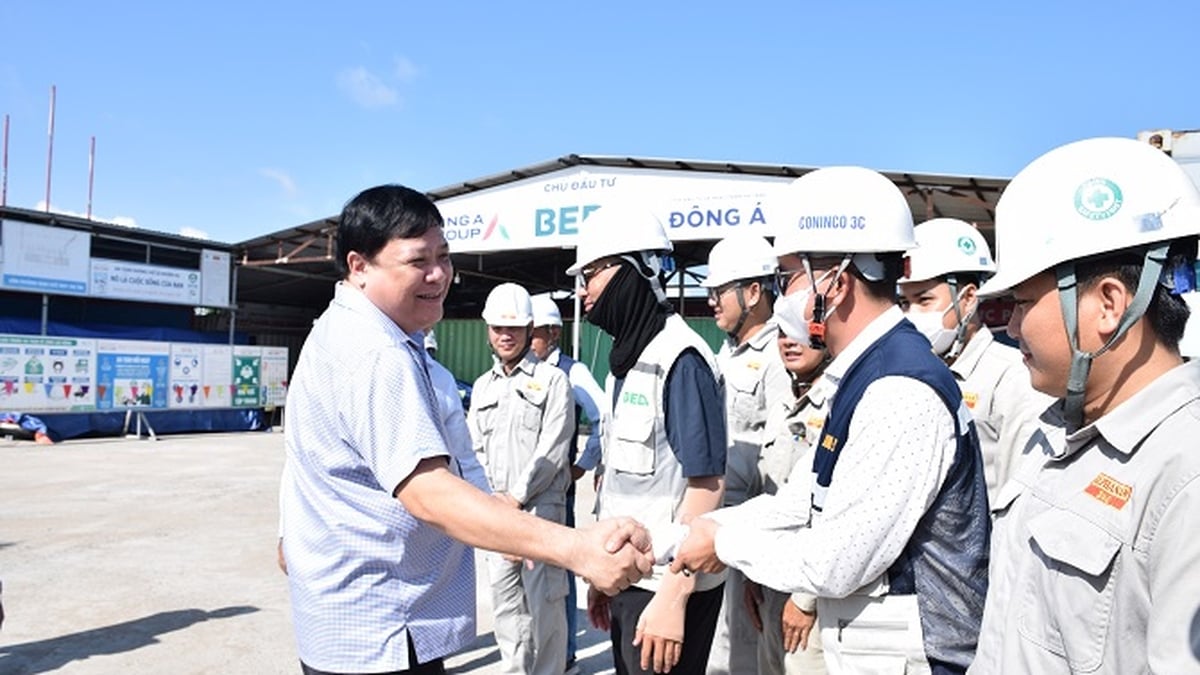
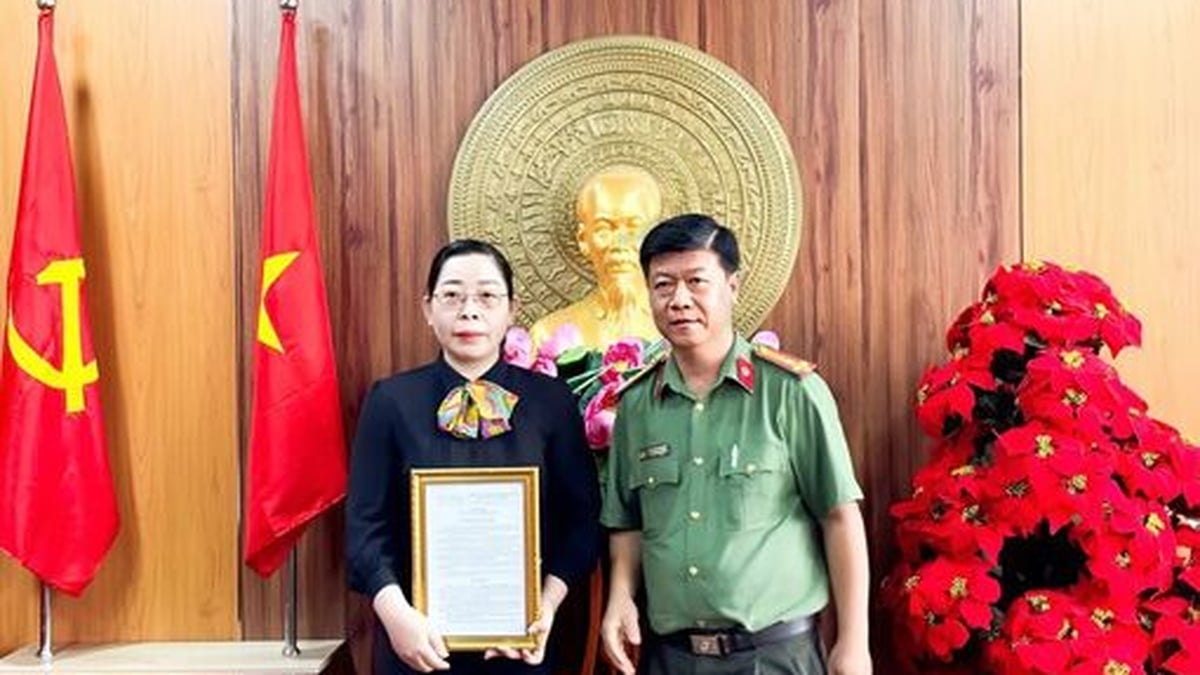












![[Infographic] Vietnam-Senegal traditional friendship](https://vphoto.vietnam.vn/thumb/1200x675/vietnam/resource/IMAGE/2025/7/23/4c96a604979345adb452af1d439d457b)











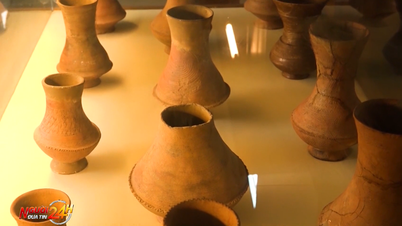





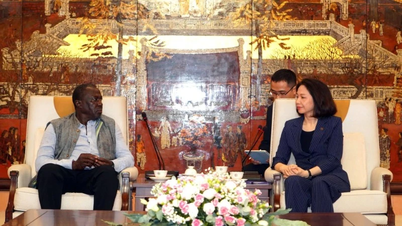



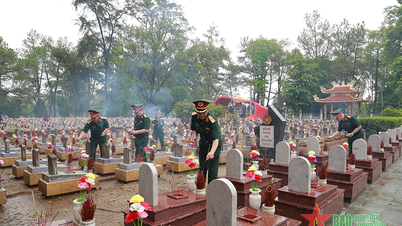





















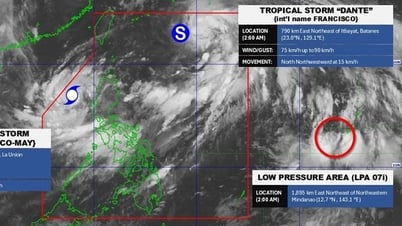

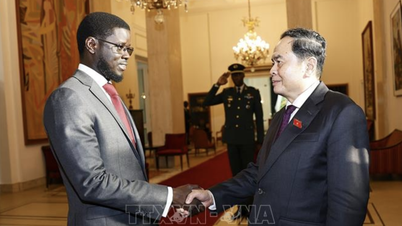







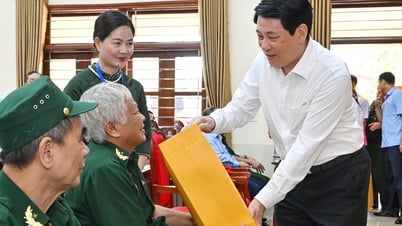

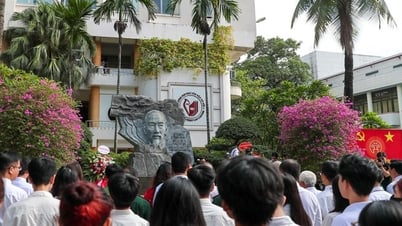
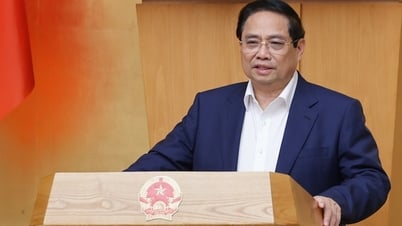




















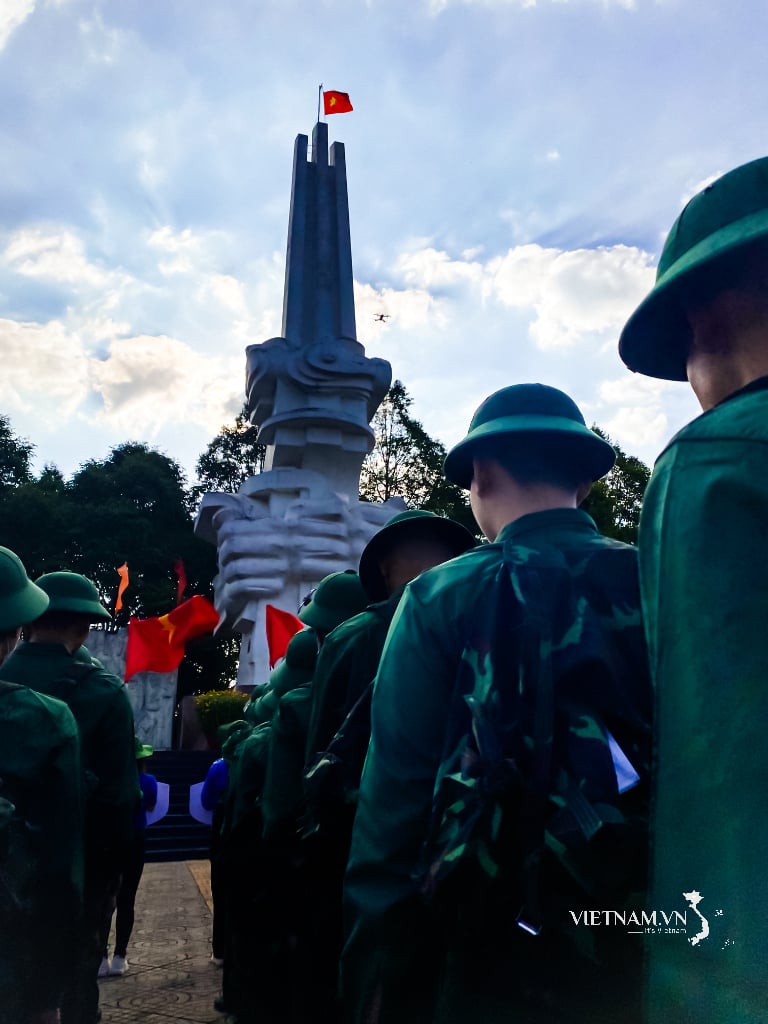


Comment (0)